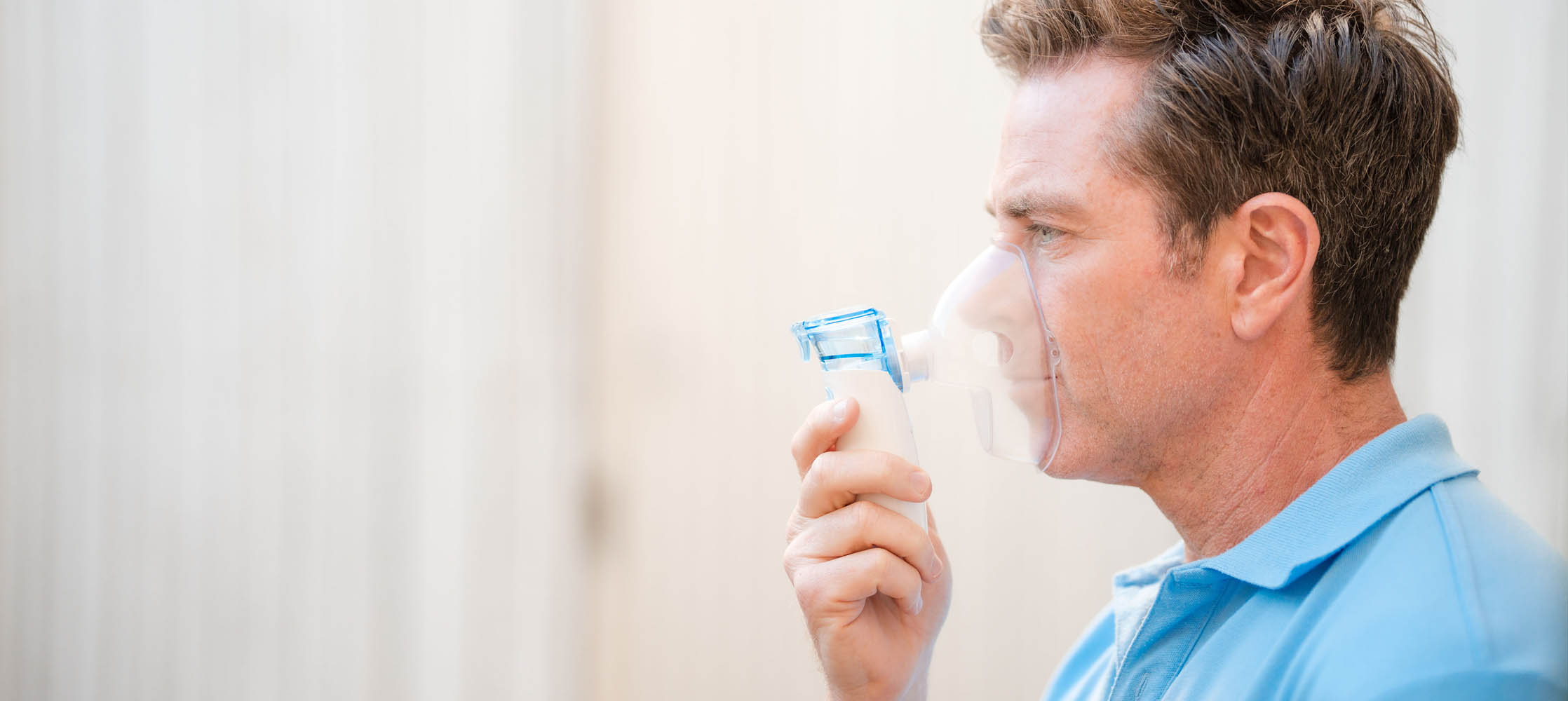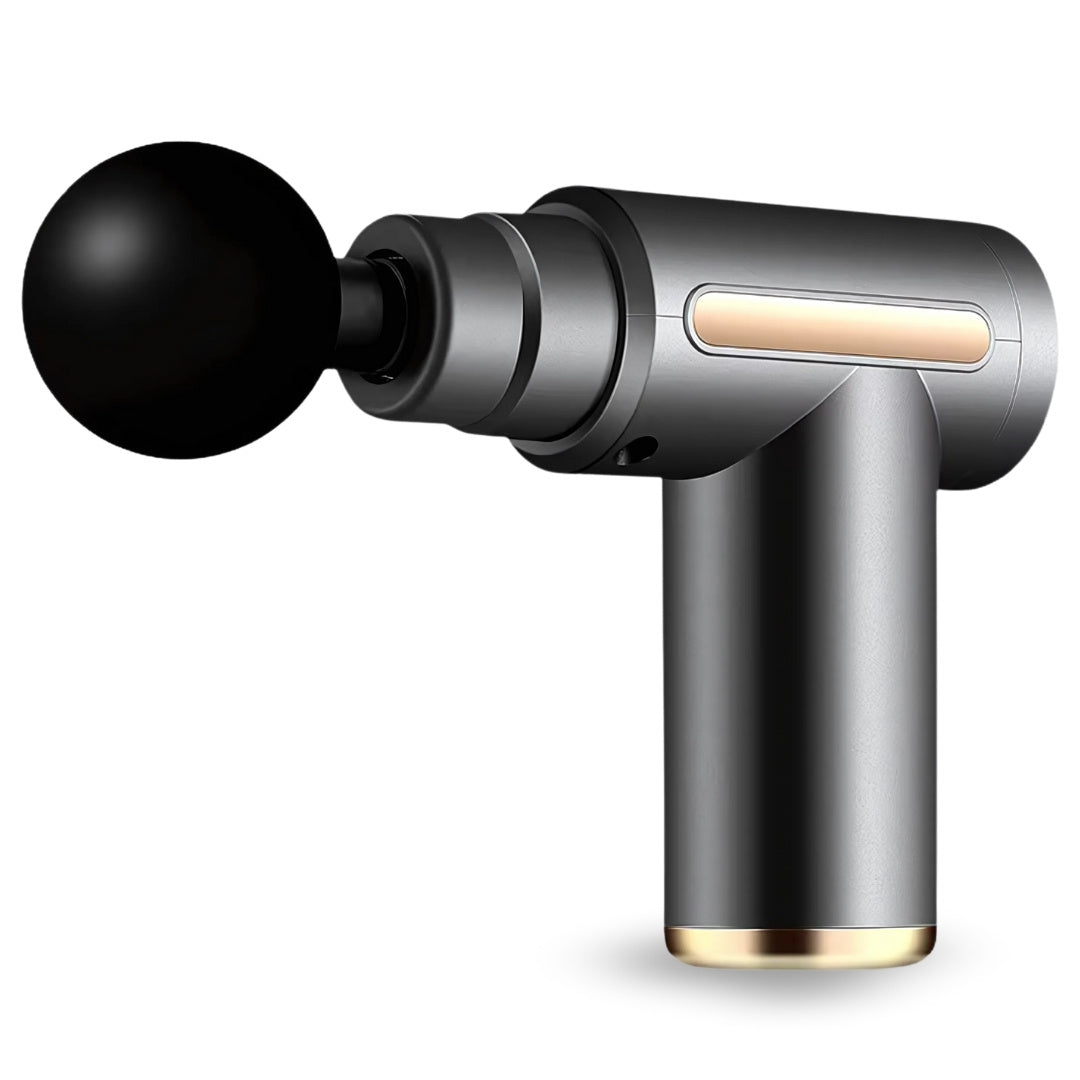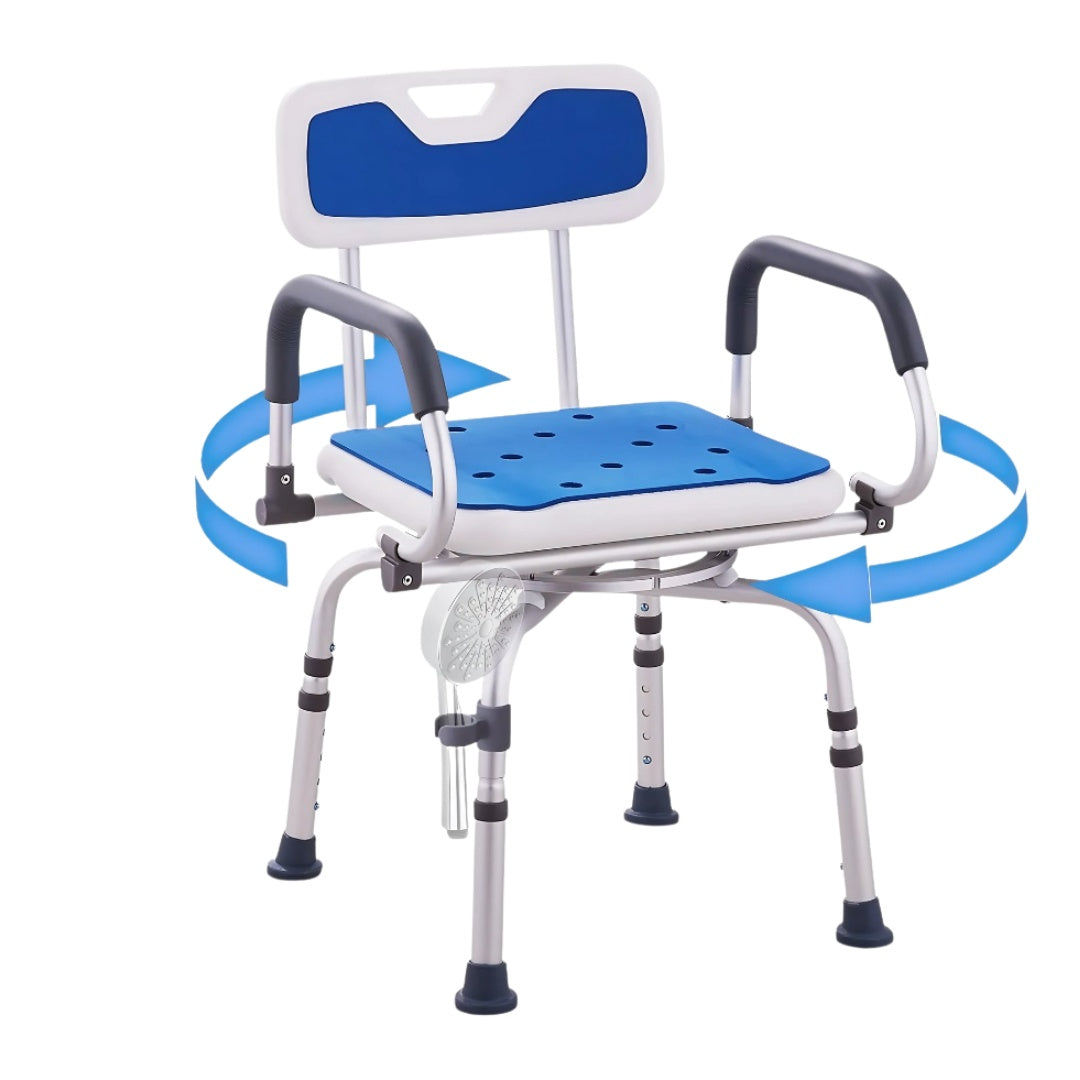What makes a portable nebulizer different from a home unit?
Portable Nebulizer Machine: Compact Relief for Home
and Travel
Quick Answer: What a Portable Nebulizer Is, and Who Needs One

Who Benefits Most (and When Not to Use One)
Key Features to Look For in a Portable Nebulizer
1. Mesh Technology vs. Compressor Types
2. Noise Levels and Discreet Use
3. Battery Power and USB Charging Options
4. Medication Cup Capacity
5. Modes (Strong vs. Soft Mist Output)
6. Mask and Mouthpiece Sizes Included
7. Ease of Cleaning and Part Replacement
MediWares Nebulizer: What You Get (Specs & Highlights)
Included in the box:
Technical specifications:

Size, Weight & Portability: Does It Fit Your Lifestyle?
Setup & Operation: Step-by-Step User Guide
Cleaning & Maintenance: Keep It Hygienic and Long-Lasting
Comparison: Portable Nebulizer vs. Standard Home Nebulizer vs. Inhaler

Common Mistakes to Avoid
Expert Insight: A Respiratory Therapist's Perspective
FAQs
Trust Signals: Warranty, Returns, and Support
Ready to Breathe Easier? Next Steps
Product not found










